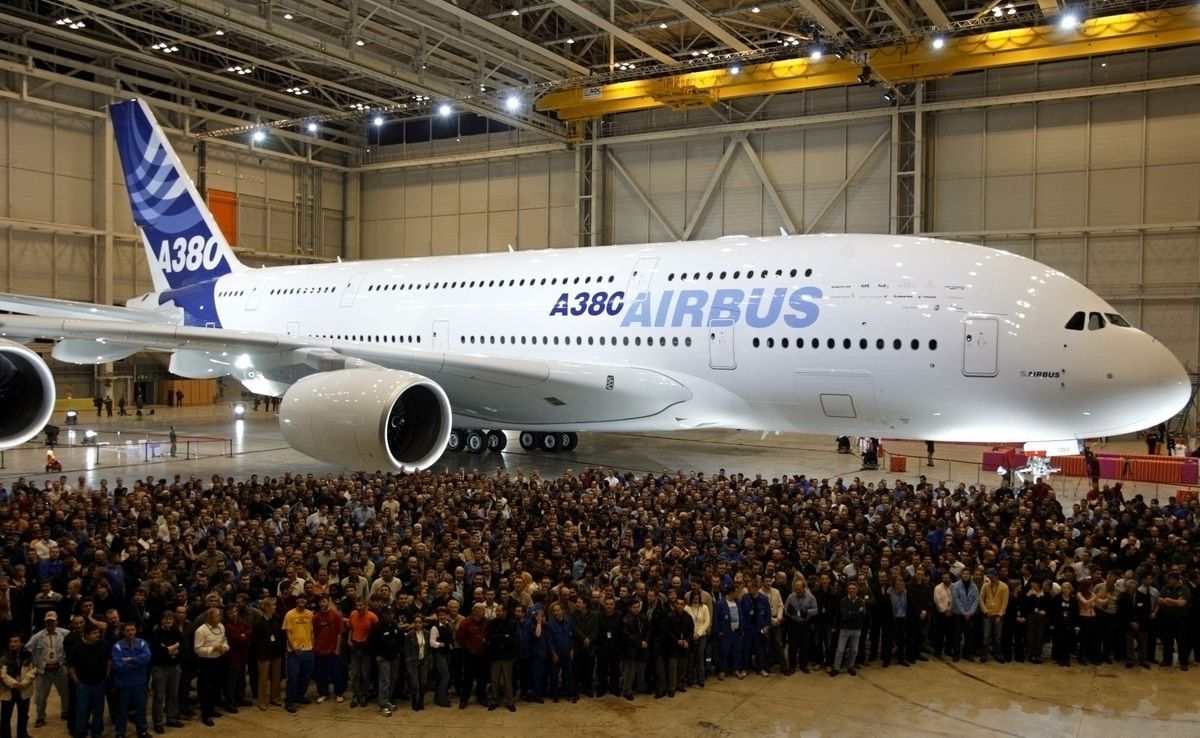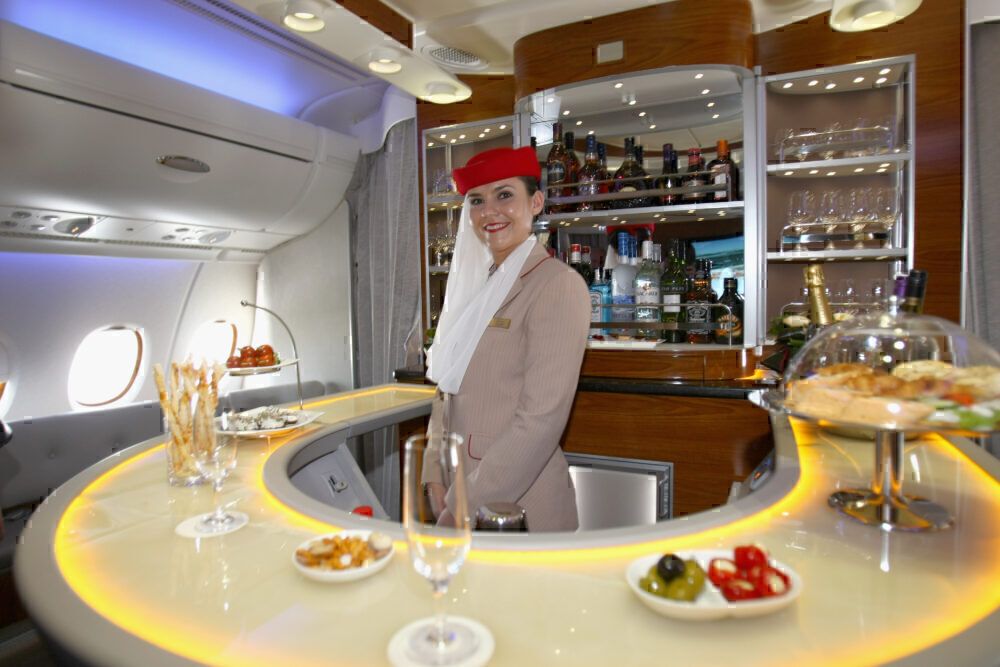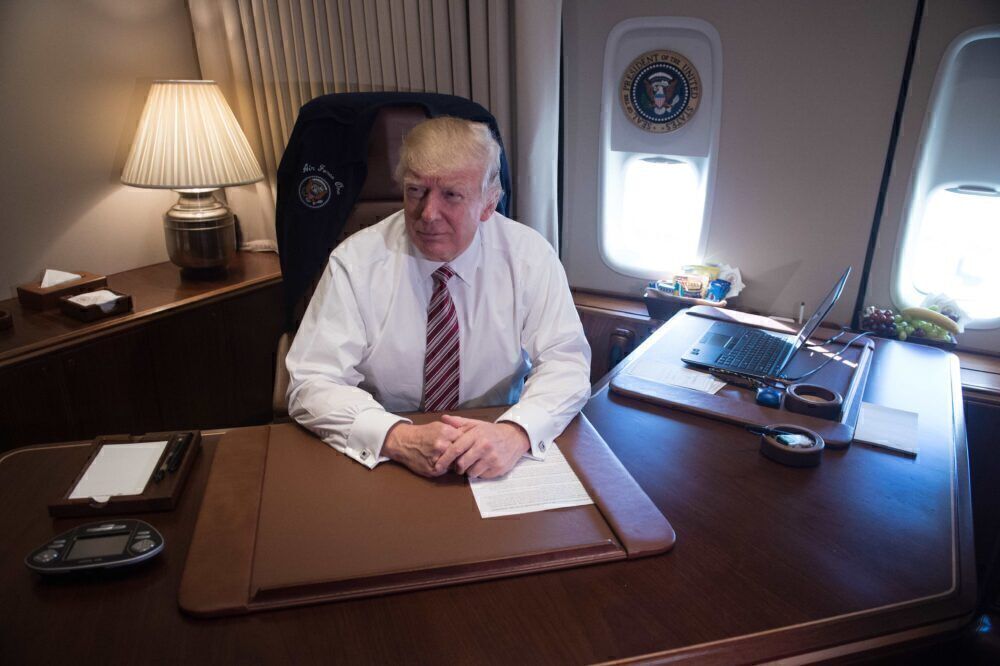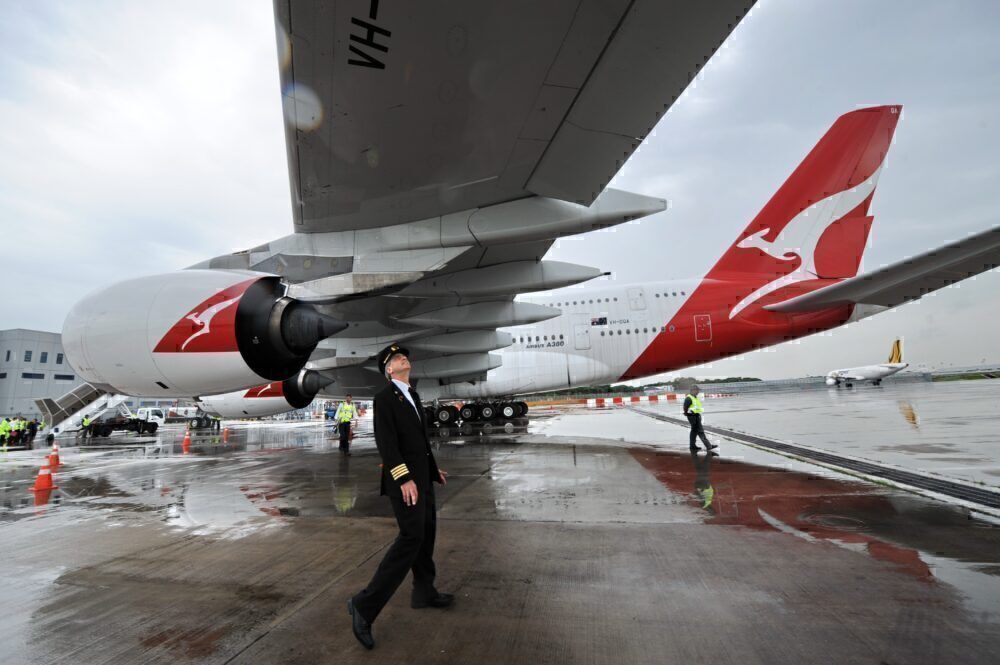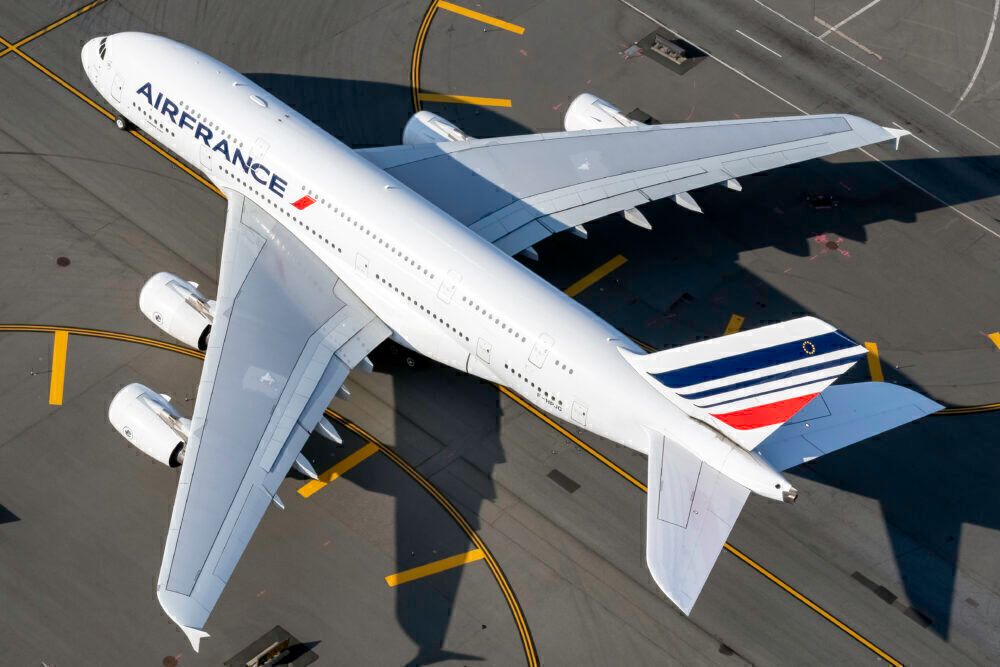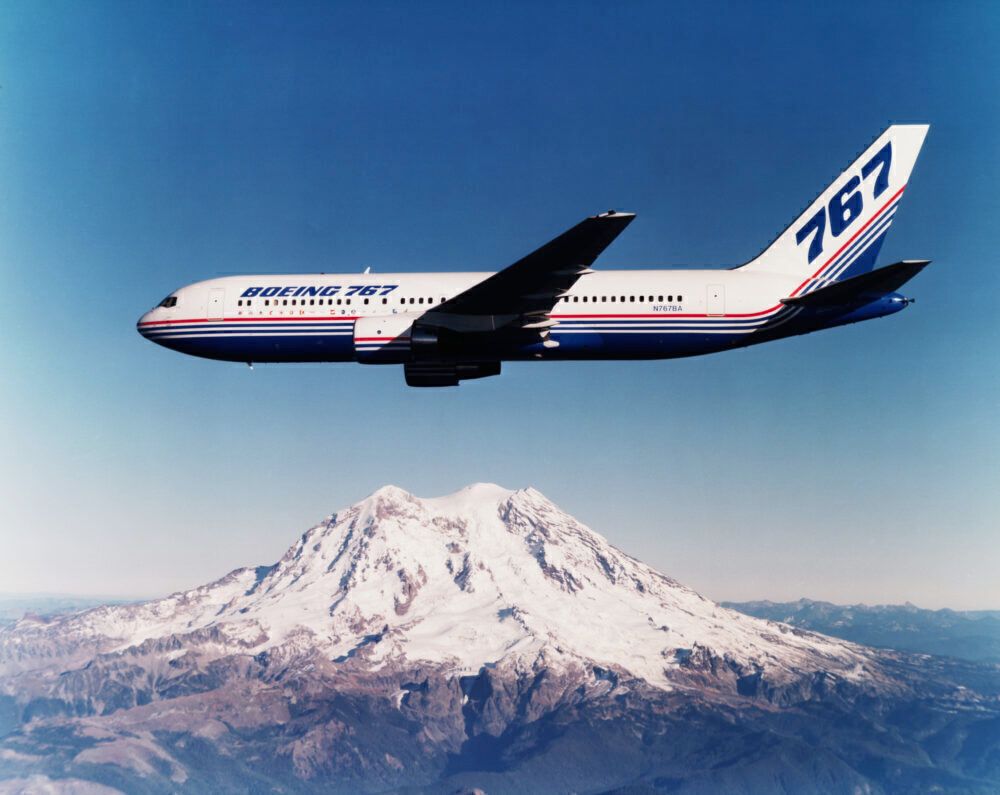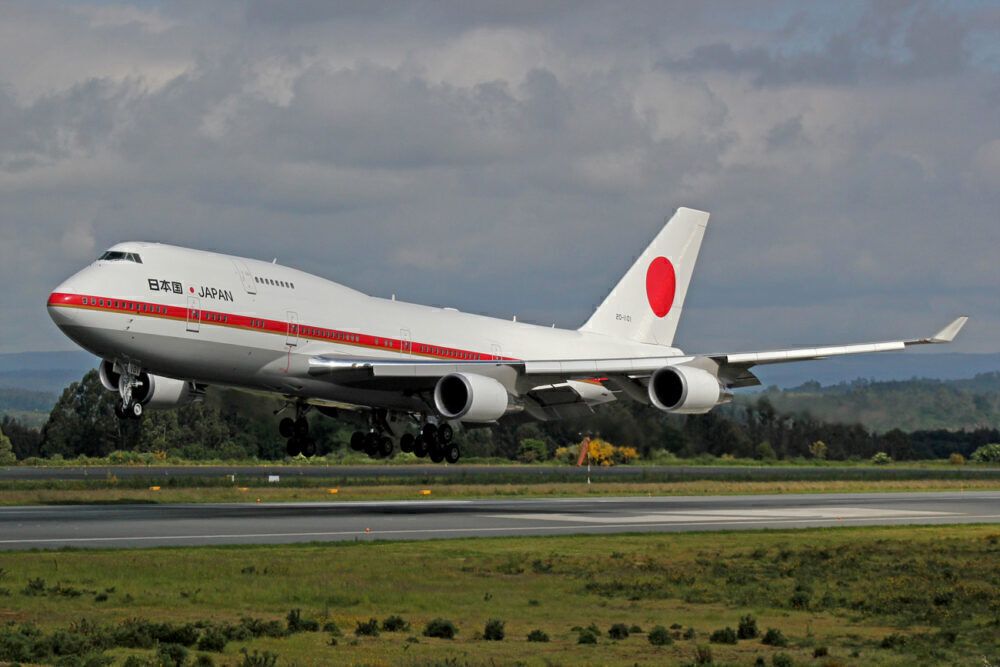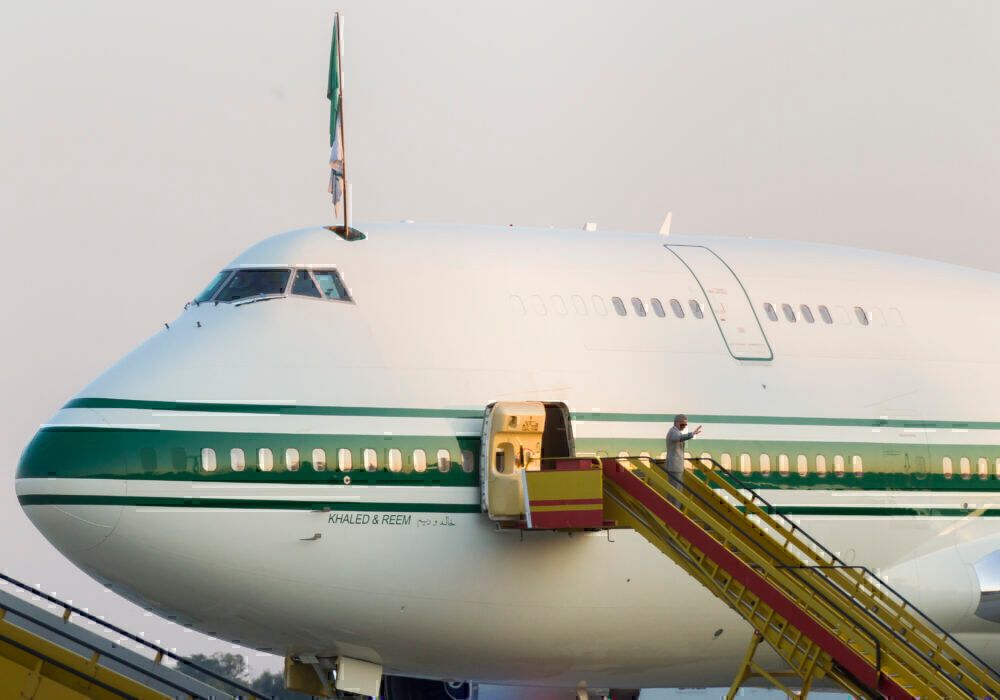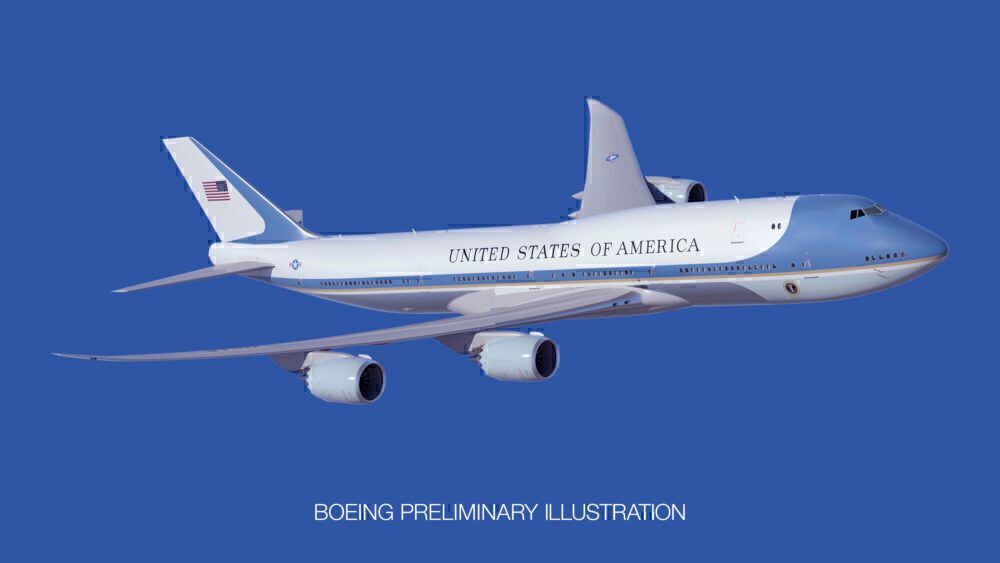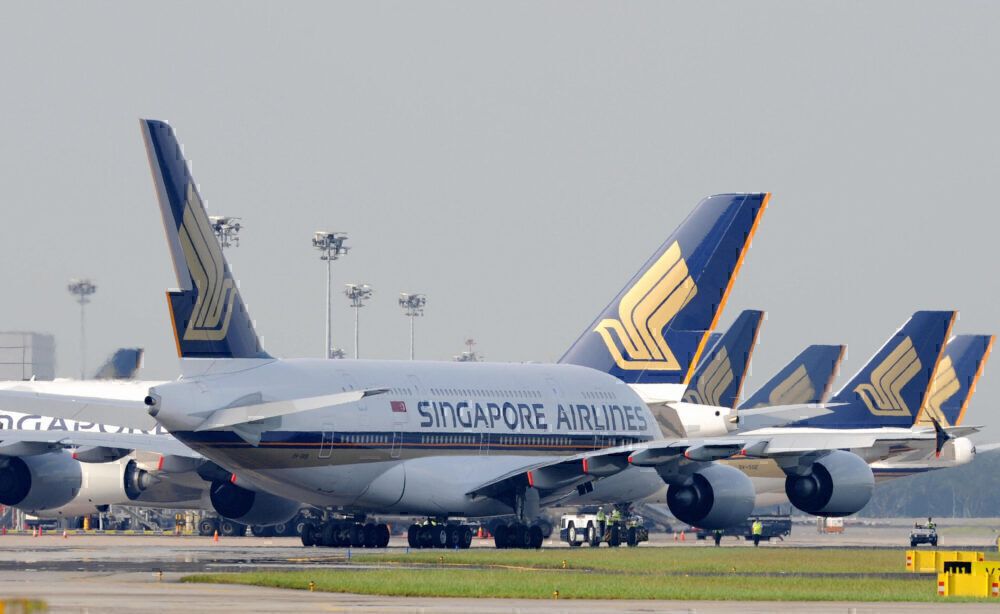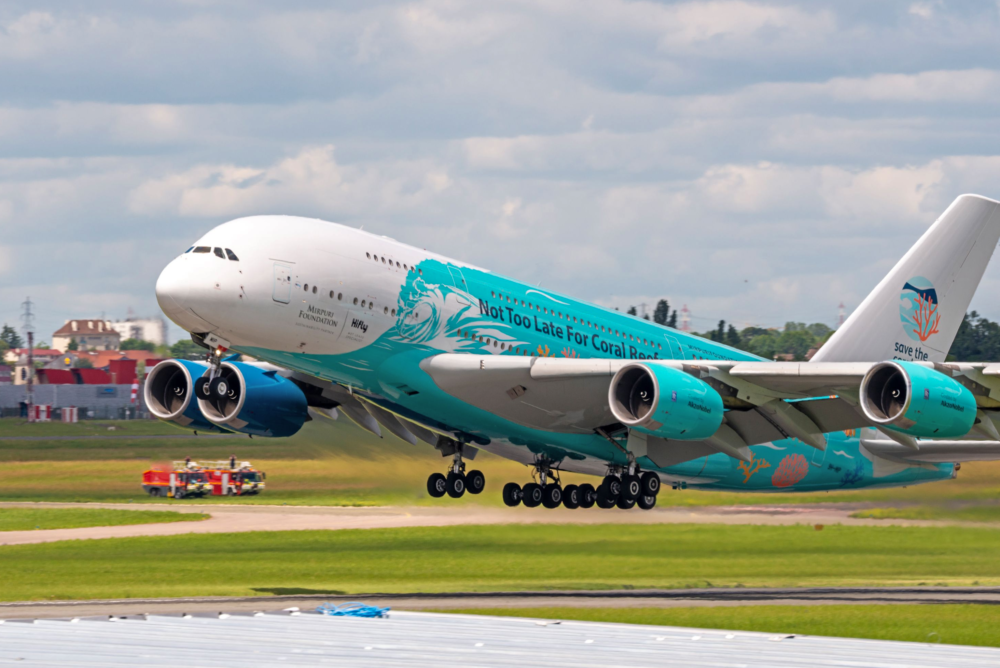Private and VIP versions of commercial aircraft are in service worldwide, with many used by governments, companies, and by individuals. A wide range of narrowbody and widebody aircraft are used, but as yet, there has never been a private A380. Such an aircraft would offer lots of options for interiors and fittings, as well as an impressive range. So far though, the arguments against it have won out – but could this change?
The A380 as a private jet – what could it offer
The A380 is a great aircraft. It is the largest commercial aircraft to date and likely will remain so for some time to come. It offers passengers a new experience and facilities, and airlines different possibilities for operating high capacity routes.
As such a large aircraft, we have seen plenty of interesting uses. Many airlines have introduced new cabins and layouts for the aircraft. And several introduced facilities such as bars and lounges (such things had been common in the early days of the 747 but were later lost with the push for more capacity). We have seen showers as well. And Etihad developed the Residence – a three-room private apartment.
Massive interior space
This space and options for facilities would be equally useful on a private jet version. Two complete decks give significant possibilities for separate areas or groups of people.
It makes sense to compare it with its closest rival, the 747-8. As a standard passenger version, the A380 can accommodate up to 853 (this is the exit limit, no airline has gone that far), compared to 605 for the 747-8.
In terms of cabin size, the A380 is slightly shorter than the 747 (by just over three meters), but of course, it makes up for this with the full upper deck. The A380 is also wider (6.5 meters as opposed to 6.1 meters).
For corporate or government use, the two decks could include creative layouts of conference rooms, office spaces, or accommodation. To get an idea of this capacity, consider how the space on the 747s (VC-25A) aircraft that serve as Air Force One is used.
This has communication and staff areas on the upper deck. And the main deck proceeds from Presidential accommodation and office at the front through to meeting and office space then cabins for guests and the media. The A380 could expand any of these areas or introduce new sections.
And for private use, the options extend further. A concept design for a VIP A380 introduced three decks (by using part of the cargo area). This has space for a car garage, and Turkish bath, and two full decks of living and working space. The top deck was used as an exclusive residence and lounge area for VVIPs.
Increased range and payload
An A380 private jet would offer an excellent range. Airbus quotes the standard range of the A380 as 8,200 NM / 15,186 km. This is higher than the 747-8 by just under 500 NM. But a private jet configuration would carry fewer passengers and seating and be capable of longer flights.
How much is not entirely clear. Airbus's technical data shows that for minimal payloads, the range could be increased to around 17,000 km. That's possibly enough for flights from the UK and Europe to Australia (we have already seen direct flights from London to Darwin at the start of the pandemic).
The A380 also has a higher payload capacity than the 747-8. Its maximum take-off weight is 575,155 kg compared to 447,700kg for the 747 – this gives a payload in standard configuration of 83,914 kg instead of 76,067 kg. This, of course, is normally more relevant when looking at cargo operations. But depending on a private aircraft’s exact use or fittings (a fleet of cars perhaps?), it could be relevant.
The case against it
Despite it promising a lot, we have yet to see a private A380. And possibly we never will. The reasons why the A380 has not worked out as well as hoped for Airbus or operating airlines have been well discussed. Many of these are relevant for a private jet version as well.
Size. The Boeing 747 has worked as a private jet for several governments and individuals. But there is a limit to the size needed by any private user. Only a few governments may be able to really used the space. The 747 already offers a lot.
Efficiency and operating cost. As we have often discussed, heavy four-engine aircraft have had their day. Twins are most efficient and lower cost and can offer a similar range. A private A350 or 777 can take advantage of this. Or the new 777X for a flagship private jet.
Airport restrictions. Size has been a major limitation for the A380. Its wingspan places it into the highest airport operating category, severely limiting the cities it can fly to. This can still work for an airline, with a choice of which routes it schedules A380s on. But for a private operator, this would severely limit its use and flexibility.
To add some commercial context, consider a recent discussion Simple Flying had with Comlux Aviation’s CEO, Andrea Zanetto. Comlux Aviation is a world leader in handling VIP aircraft operations and works with the Boeing 767, 777, and 787. Zanetto confirmed that the limitations of size, efficiency, and airport operations would, in his view, keep the A380 out of private aviation. He told us:
“Well, I think not even governments would go that way, and for private, you generally don’t buy a castle if you want to have a luxury home. So, why buy a castle? Maybe a few people in the world will have a castle, but in the end, will not become cozy or nice to fly with. You cannot land anywhere. You just lean to main hubs. This is not an aircraft for private aviation. There are too many limitations on the aircraft.”
There is also an element of a first-mover advantage going on. Boeing has offered the 747 for a lot longer. It has already taken several customers for a private 747. And some operators (including the US government with Air Force One) have chosen to replace them with the 747-8. There is clearly a very limited market for this end of the private jet market, and Airbus came to it much later.
Some attempts, but never happened
Despite the challenges, there have been attempts to launch a private A380. Airbus saw this as a possibility from the outset. It was available as a corporate jet through Airbus Corporate Jets (ACJ) – as the A320 family, A330 and A350 still are now.
The A380 ‘Flying Palace’
Airbus only confirmed one order for a private A380. This was the so-called ‘Flying Palace’ for His Royal Highness Prince Al Waleed bin Talal bin Abdulaziz Alsaud of Saudi Arabia. It was ordered in 2007, but (for unknown reasons), he never took ownership of it. In fact, the designed interiors were never fitted to the aircraft, and it ended up transferring to airline use.
Although the aircraft was never fitted out, its design gives a great idea of what a private A380 could look like (based on descriptions in the Daily Mail at the time). With less cargo space needed, there were three decks connected by lift.
- The lower deck had a car garage and wellness room, featuring a ‘magic carpet’ floor with images of the ground below projected onto it and a Turkish bath with marble floor and walls.
- The main deck would have conference rooms, a concert hall with stage and grand piano, and 20 VIP suites (similar to airline first class suites).
- And the upper deck would feature five large cabins, each with a king-sized bed and a bathroom, along with further lounge space.
Air Force One
This never amounted to an order for a private A380, but it is an interesting case. As part of the selection for a replacement for the current VC-25A 747s that serve as Air Force One, the US Air Force considered the A380. Airbus, though, declined to bid, as it felt that moving production to the US for just two aircraft would be prohibitively expensive. In reality, the government was always likely to stick with US-made Boeing for presidential transport.
Four aircraft marketed by Sparfell & Partners
In 2017, Geneva-based aircraft Sparfell & Partners started marketing four A380s configured as head of state aircraft. These would be available with a VIP conversion of either both decks or just the upper deck. It did not reveal the source of these, but FlightGlobal reported how they were likely to be ex-Singapore Airlines aircraft. Conversions, though, never happened.
Could it happen now?
A lot has changed in aviation in the past 18 months. Aviation around the world has seen significantly reduced demand, deliveries of new aircraft have slowed, and many aircraft have been retired early. Larger and older aircraft suffered the most. We have seen the 747 disappear from many airlines’ fleets. And some airlines have retired the A380 early. Others may follow.
This creates an unusual situation where large numbers of aircraft are becoming available on the secondhand market, and airlines are unlikely to be interested in taking on more.
Only one airline to date, Hi Fly, has purchased a secondhand A380. This was a former Singapore Airlines aircraft and was used on various charters by Hi Fly. At one point, it was interested in taking a second aircraft, but in 2020 confirmed it was retiring the only one it has.
As already discussed, previously retired A380s have been marketed as potential VIP transports. There have not been any signs yet of further companies, governments, or private buyers interested in secondhand aircraft.
But as the aviation market, and economies, recover post-COVID, there could be more interest. With the reduction in interest, the A380s market price has plummeted. According to aircraft appraisal company IBA, it has fallen by 50% - the most of any commercial jet.
With more A380s retiring do you think we will see more make it to the private or government market? Will anyone be tempted by the falling price, or do its problems still limit it too much? Let us know your thoughts in the comments.

